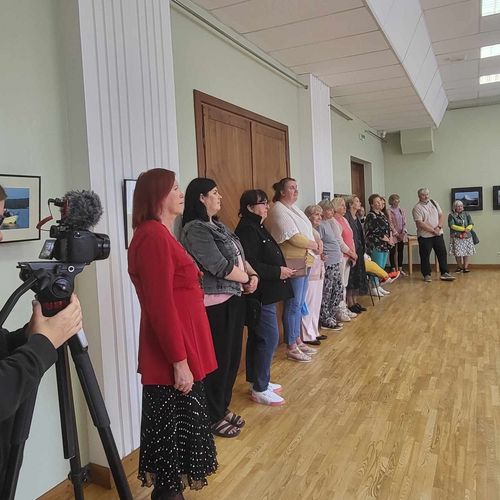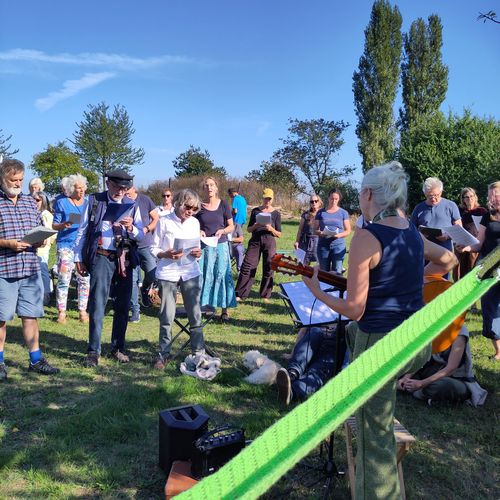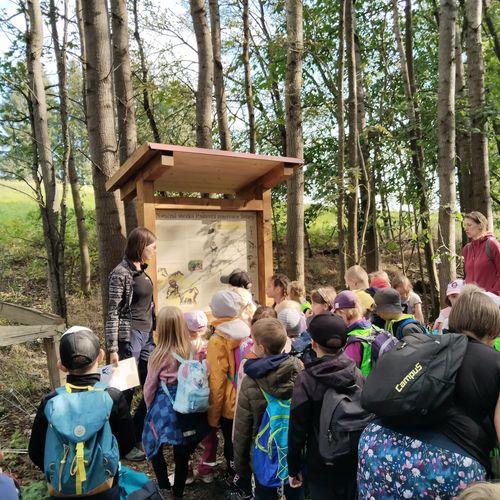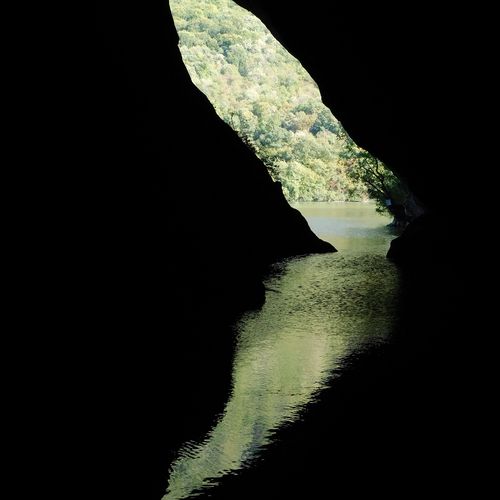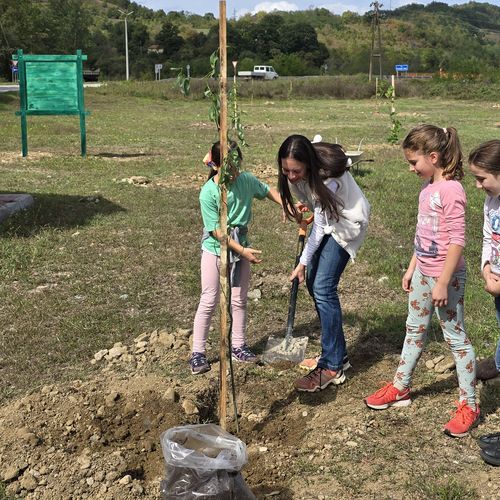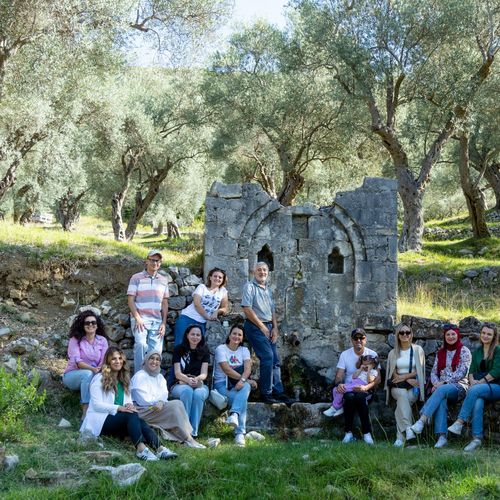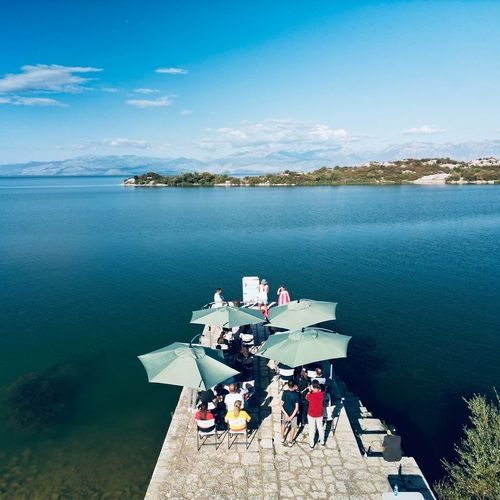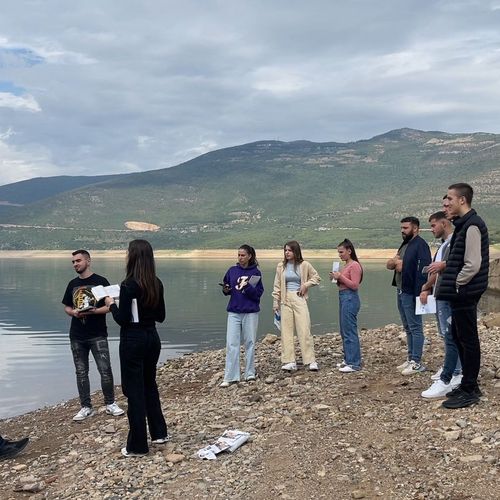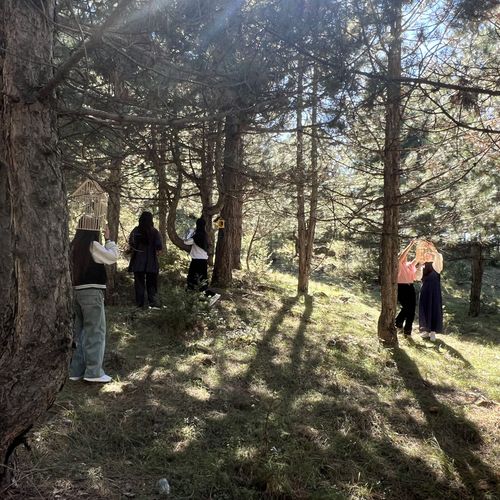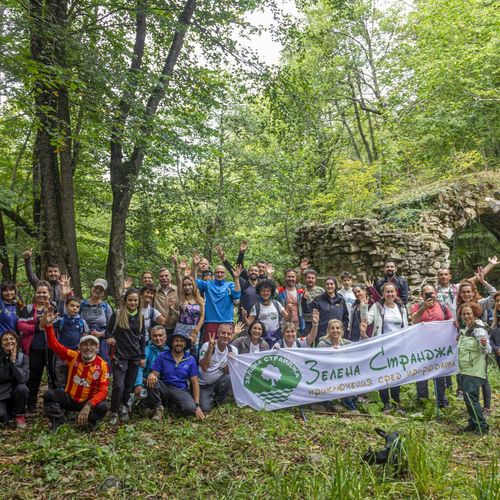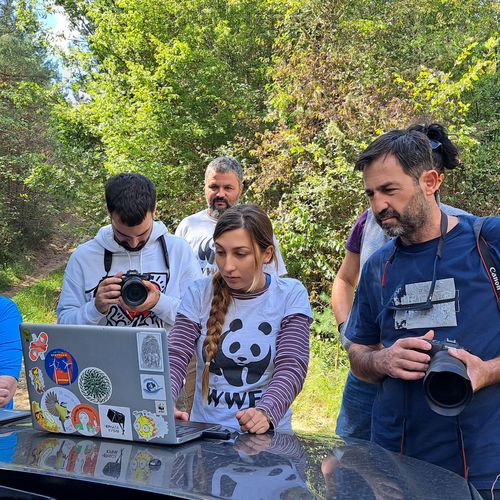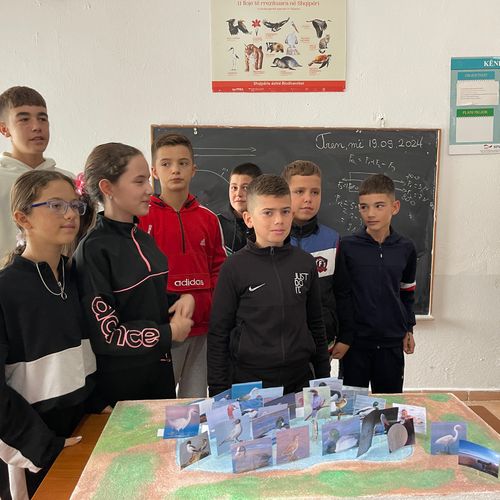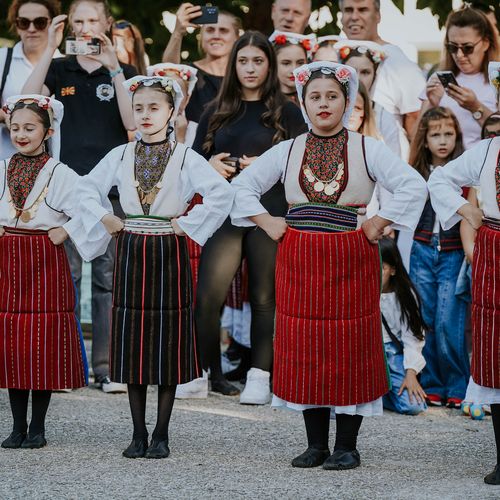European Green Belt Days
Each year in September, the European Green Belt Days showcase the heart and soul of the European Green Belt: peace and conservation. From north to south, people come together with passion and creativity to celebrate the joint initiative.
Through diverse events and activities, organizers highlight unique landscapes, regional treasures, and unite cultures across borders. Organizations collaborate, share knowledge, and engage the public to raise awareness about the rich biodiversity and cultural heritage of the European Green Belt.
Since 2014, when the European Green Belt Association was founded, these celebrations have united the community in a shared commitment to cross-border cooperation and conservation.
European Green Belt Days 2025
Thank you very much to all the organisations that applied for funding for this year's European Green Belt Days celebrations! Applications will be thoroughly screened, and applicants will receive feedback on whether they will receive a grant shortly.
European Green Belt Days celebrations 2024
In 2024 - the year of the 10th Anniversary of the European Green Belt Association - many European Green Belt Day celebrations took place in many regions along the European Green Belt from 18 - 24 September! To get an impression on each of the celebrations, please click on the tiles below.
Inspirations from previous celebrations
European Green Belt Days 2018: Hike to the three-country-peak

